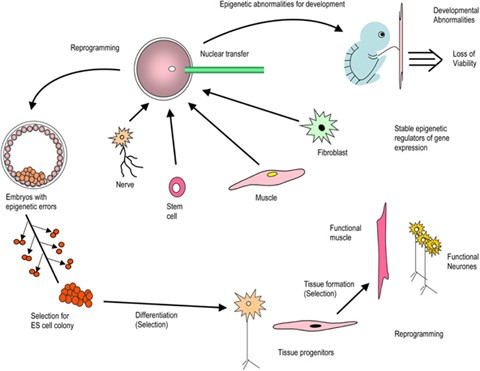


The recombined plasmids should be sequenced and examined for protein expression with western blot before proceeding to the Y2H detection. The protein fusion step can be done through polymerase chain reaction (PCR) based traditional cloning, which was performed by conventional procedures including RE digestion and ligation. In order to perform a Y2H assay, tested proteins need to be fused into a pair of Y2H vectors carrying either the DNA binding domain or the activation domain of the selected complementation protein. Currently, the Y2H assays are widely used to identify novel protein-protein interactions, confirm suspected interactions, and define interacting domains, although additional biochemical methods are advised because of false positive results in Y2H assay. Besides GAL4, other complementation proteins including ubiquitin, β-galactosidase and green fluorescent protein or its variants are applied to reconstitute protein activity of two nonfunctional protein portions via their re-association through interacting proteins.

In the past two decades, this assay was greatly modified and developed to suit the needs of the characteristics of the detection proteins as the split-ubiquitin based membrane Y2H or employed as a means of screening cDNA and genomic fusion libraries for protein interaction partners called Y2H library screening.
#Ligation independent cloning serial cloner Activator#
When a protein “X” fused to the GAL4 BD interacts with a protein “Y” fused to the GAL4 AD, it will reconstitute the proximity of the GAL4 domains to function as a transcriptional activator for the expression of genes encoding enzymes of galactose utilization only when X and Y interact in yeast cells. The native GAL4 protein contains two separable and functionally essential domains: An N-terminal DNA-binding domain (BD) and a C-terminal activation domain (AD). The Y2H assay is a genetic system developed for detecting protein-protein interactions by taking advantage of the properties of the GAL4 protein in Saccharomyces ceravisiae. By following the improved methods described here, the chances of successful cloning increased and the time for the whole Y2H experimental process is significantly shorter. We show an example of Y2H interaction between Trs23 and Trs120 (respective subunits of TRAPP I and TRAPP II), as a proof of concept. The changes in procedures involve running an agarose gel after the doubly digested vector and insert are ligated in the cloning step to determine the efficiency of RE digestion and ligation, and performing an additional replica-plating on plates for earlier assessment of interaction in the detection step. Here, we describe improved cloning and detection procedures for the Y2H assay that accelerate the research progress. Secondly, interaction between two proteins is commonly detected by growth of the diploids in specific media. Unfortunately, many researchers, especially new-comers, often encounter difficulties in cloning a gene into a desired vector. Although multiple innovations in cloning methods were made in the past two decades, the conventional cloning method of restriction-enzyme (RE) digestion followed by ligation is still widely used. Firstly, the gene of interest is cloned into specific Y2H vectors. The yeast two-hybrid (Y2H) mating assay is a powerful method for detecting protein-protein interactions. Keywords: Conventional Method Improved Method Cloning Yeast Two Hybrid Protein-Protein Interactions College of Life Sciences, Key Laboratory of Agricultural Environmental Microbiology of MOA, Nanjing Agricultural University, Nanjing, ChinaĮmail: 22 August 2012 revised 27 September 2012 accepted 13 October 2012


 0 kommentar(er)
0 kommentar(er)
